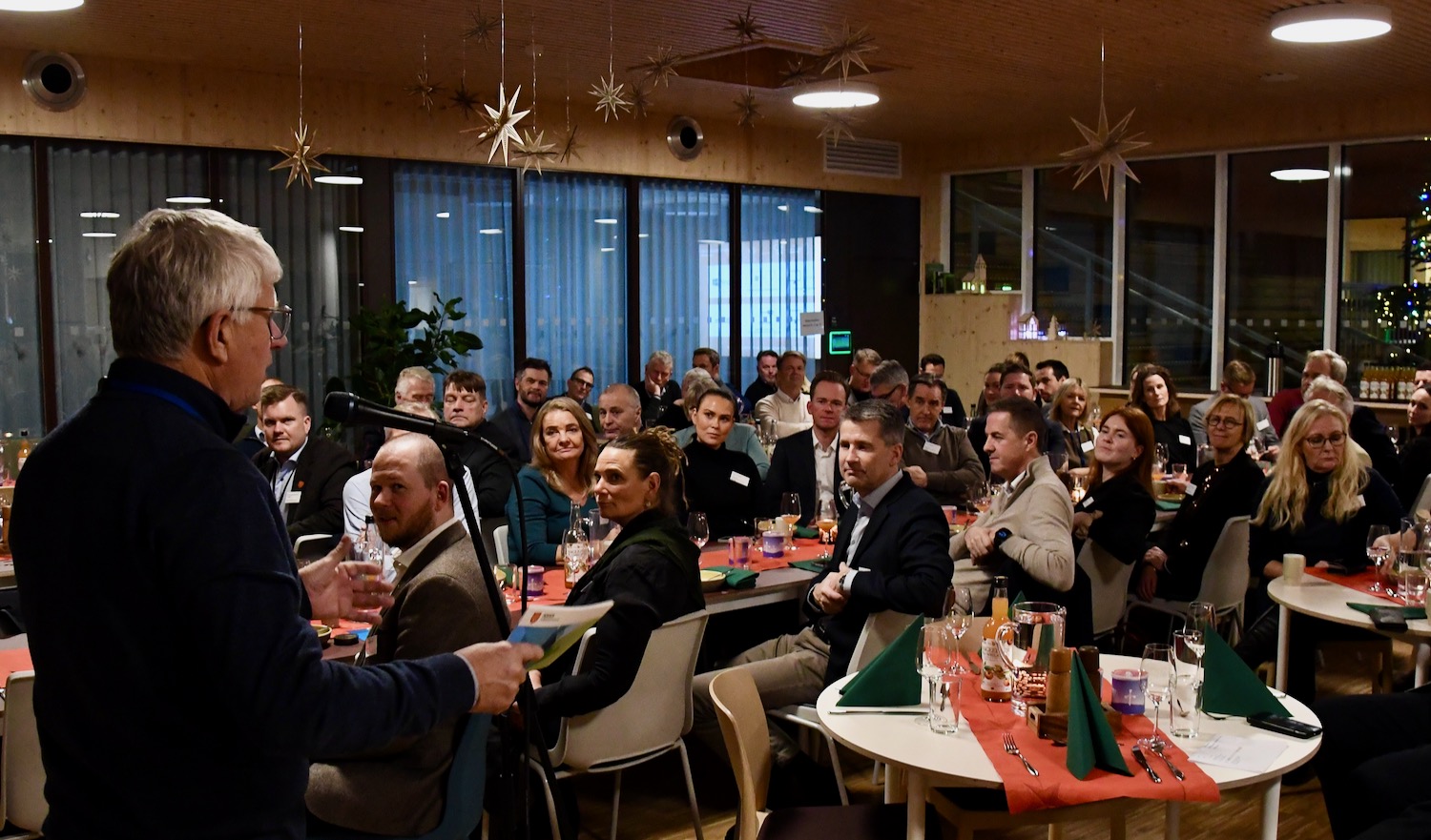“The use of oil fuel is estimated to decrease by 70 per cent towards 2050. There will be fuel saving incentive bonuses in effect to accelerate the shift,” said Lars Tore Haug, Head of Section, Offshore Class, Safety and Systems at DNV.
He spoke at a GCE NODE seminar in Kristiansand this week, addressing a room full of representatives from the major oil and gas related GCE NODE companies, such as NOV, HMH, and SLB.
To support the offshore industry’s efforts in reducing greenhouse gas emissions and aligning with the climate targets of the Paris Agreement, DNV has introduced offshore class standards for emission reduction.
“Offshore units verified to meet these standards are paving the way for the industry’s sustainable future,” said Haug.

Transocean Norge has already been awarded a DNV Abate notation. Geir Nornes, Operations Manager at Transocean NWE, presented a rig owner’s perspective on low-emission solutions.
“The highest potential for emission reduction is found in the hotel section and in the auxiliary systems. Optimizing drilling control sequences to avoid peaks that require start-up of another engine, is of course also effectful,” said Nornes.
There are 15 floating rigs on the Norwegian Continental Shelf. Each rig burns 35,000 liters diesel per day. In total, rigs represent only 1 per cent of Norway’s annual emissions, but 50 per cent of offshore emissions due to the burning of diesel to generate electricity.
“To reach net zero emissions from the rigs, we will need to adopt alternative fuels. Hydrogen is one of the most sustainable energy carriers. We find liquid organic hydrogen to be the safest choice. It can be stored in existing tanks and existing logistic can be used. It is non-toxic and non-flammable,” said Nornes.
Geir Ove Eikill, Head of R&D and Marketing at Stepwise, presented a software platform for managing and reporting emissions.
“We offer an application for emissions measurement, analysis and reporting for well construction and oil field development. We provide insights for decision-making. Clients range from small to major operators in several regions,” said Eikill.




